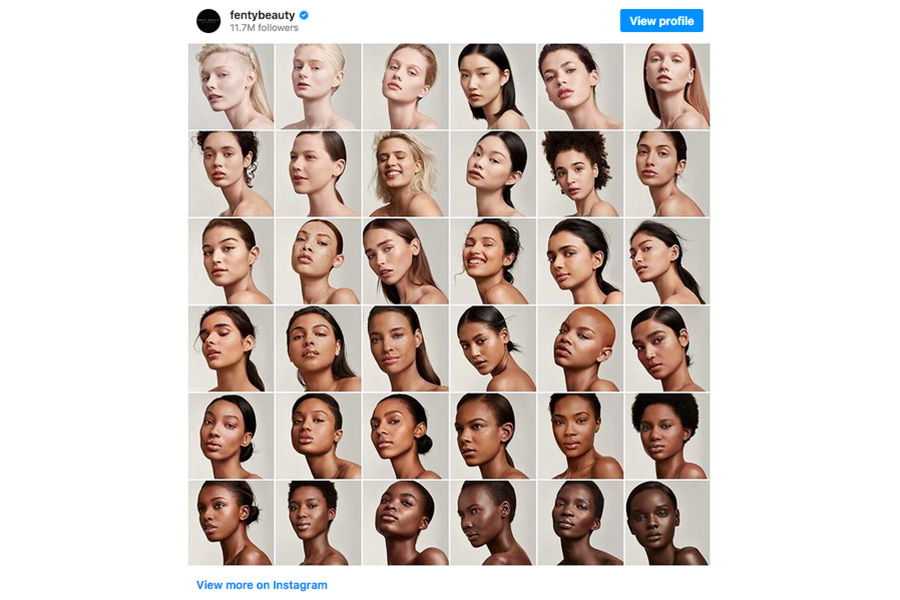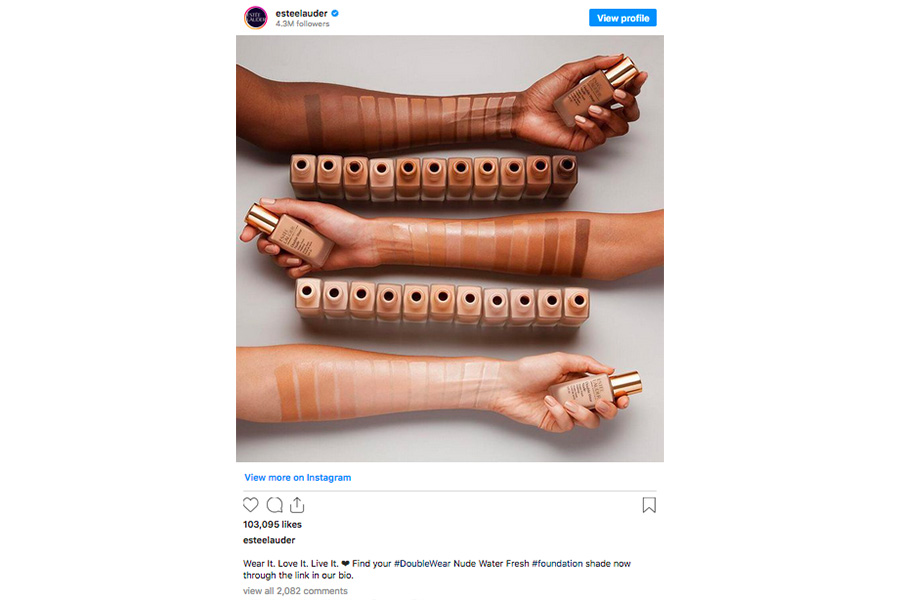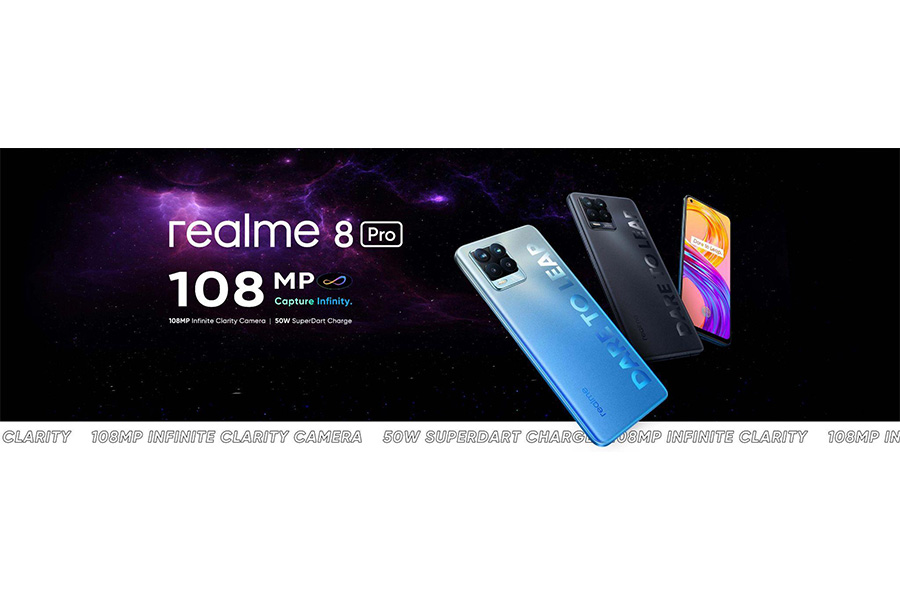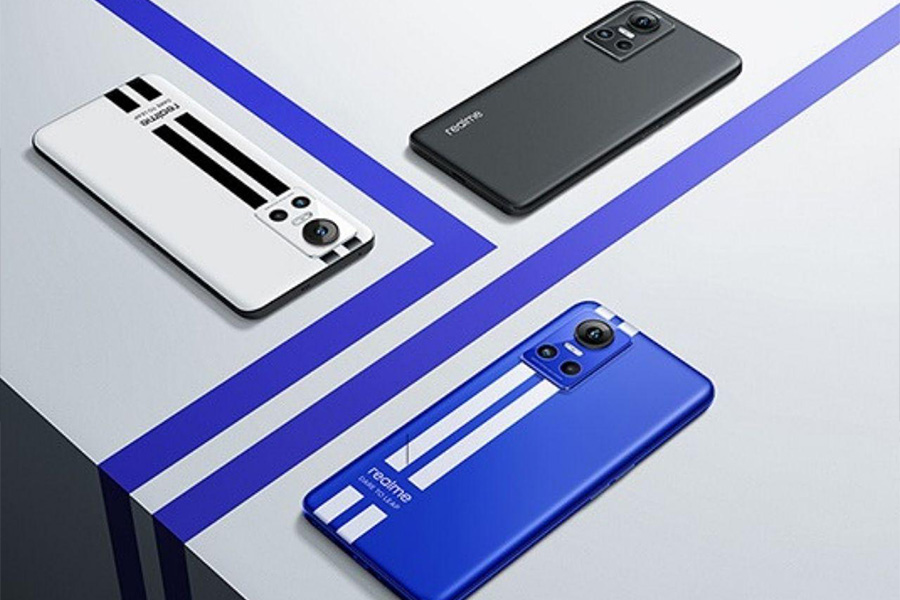What comes to mind when you think of Coca-Cola, Hoover, Band-Aid, or Colgate? Is it individual brands, individual products, or entire product categories?
What all the aforementioned entities have in common is that they are all brands that have used effective brand positioning strategies that have led to their brand names becoming generic terms for similar competitor products.
This article will provide businesses with a framework for strengthening their brand positioning within their markets. It will explain what brand positioning is, why it is important for businesses, and offer a guide for creating an effective brand positioning strategy.
Table of Contents
What is brand positioning?
Benefits of brand positioning
Top brand positioning strategies
How to create an effective brand positioning strategy
Brand positioning examples
Position your brand in the Information Age
What is brand positioning?
Brand positioning encompasses the strategic process of positioning your brand in a certain way within the mind of prospective and current customers.
Successful brand positioning influences the perception of consumers so that they see your brand a certain way or feel a certain way when they engage with it. This helps businesses justify pricing and drive profitability as a result of favorability and value-based positioning.
Benefits of brand positioning
Brand positioning helps to set your brand apart from competitors so that your target consumers associate certain positive attributes with your brand. Effective brand positioning adds favorability, value, and credibility to a brand.
It’s one of the most effective ways to tell your target audience what sets your brand apart from competitors and it will help to justify the price of your items as well as your overall pricing strategy. With clarity comes a more loyal customer base.
Top brand positioning strategies

1. Differentiation strategy
This type of positioning emphasizes the uniqueness of the brand’s product or its innovative qualities. This is effective among consumers who value innovation, originality, and exclusivity.
A brand that uses this strategy is Tesla. Its website emphasizes the acceleration and safety of its cars having the highest range possible, differentiating it from competitors.
2. Quality-based positioning strategy
It highlights product quality as the main differentiating factor. It helps to justify higher price points by showing the craftsmanship, high-quality or natural materials and ingredients, and sustainable practices behind production.
A brand that uses this strategy is Bose. Its advertising has consistently communicated positioning based on good product quality and ease of use.
3. Price-based positioning strategy
It sets out to present a brand’s product as the most affordable option for the consumer. It is effective at generating a larger consumer base for a brand as a large proportion of consumers seek out prices that do not require them to spend more than they need to.
A brand that uses this strategy is Subway. In 2008, it introduced the US $5 Footlong and the price-promotion was adopted across the entire chain. This form of price-point marketing has been a key part of the brand’s positioning strategy.
4. Customer service positioning strategy
It emphasizes the brand’s excellent customer service in comparison to competitors by highlighting effective customer support systems with friendly and efficient staff.
This strategy is particularly effective in industries such as telecommunications, transportation, and healthcare that are not well known for delivering high customer satisfaction levels.
A brand that uses this strategy is Apple. It has a customer service strategy that sets out to deliver memorable customer experiences as seen in its “steps of service” that highlight personalized warm welcomes, understanding all the customer’s needs, presenting a solution, resolving any issues or concerns, and providing an invitation to return.
5. Convenience-based positioning strategy
It sets out to present a brand’s product as one that can make the customer’s life easier. This can be in the form of usability, ease of purchase, or wide compatibility.
For instance, customers will more likely purchase your product if your business has an easy and flexible returns policy, free shipping, or convenient local delivery.
A brand that uses this strategy is Swiffer, which promotes the convenience of its WetJet product over traditional floor-cleaning methods. Its strategy emphasizes the Swiffer mop’s ease of use for quick floor cleaning compared to using a mop and bucket.
6. Social media positioning strategy
It focuses on differentiating the brand based on the online channels the brand uses. It is important to consider the following:
- Where does your target audience spend its leisure time?
- Where does your target audience spend money?
- Where does your target audience search for information and advice?
How to create an effective brand positioning strategy
1. Assess your current brand positioning

The first step in creating an effective brand positioning strategy is to assess what your brand’s current marketplace position is. This can be done by identifying the target consumer and their needs then evaluating the brand’s mission and what sets it apart from competitors.
From there, you will be able to assess the value proposition you are currently offering consumers, and how your brand persona and voice are aiding (or not) in communicating this.
Some tools that can be used at this stage of brand evaluation are customer surveys, interviews, reviews, and customer satisfaction scores.
2. Research your competition

The next step is to objectively evaluate your competition. This is done by performing a competitor analysis which involves brand positioning researching and conducting a SWOT analysis on the brand’s major competitors.
You can also conduct competitor research through customer feedback and social media. Customer feedback enables you to reach out to customers and find out which products and brands they are seeking out before they consider yours, as well as how they view your competitors’ quality, price, and customer service in comparison to yours.
Some popular tools that can help in your competitor research:
- SEMrush
- SpyFu
- BuzzSumo
- Owletter
3. Understand your value proposition

At this stage, it is important to fully consider the consumer and what you are able to offer them. A value proposition is simply a statement summarizing the reason why a consumer should choose your product.
You can now ascertain what unique offerings you offer or the brand differentiation points that set you apart from competitors. You can also find out what customers value most about your brand and what your competitive advantage is.
4. Create a perceptual map of your competitors
A perceptual map (aka. brand positioning map) is a visual representation of customer’s perception of your brand compared to competitors. It consists of a set of attributes that are important to your target consumer, such as:
- Quantity vs quality
- Price vs quality
- Price vs functionality
- Reliability vs price
- Functionality vs reliability
- Price vs safety
Plotting is done on a two-dimensional graph along the X and Y axes, creating four quadrants. You can use your closest competitors or the brands that are currently top-of-mind for your target consumers.
Below is an example of a perceptual map:
5. Craft your brand positioning statement

Next, you should create a brand positioning statement. This is a brief statement that communicates the unique value your brand offers customers. You need to first establish:
- Who your target customer is
- What your product category is
- What your product’s greatest benefit is
- What proof you have of that benefit
Customers need to be shown a reason to believe that you can deliver on your promise. It is not enough to say your product is of high quality, your audience needs proof of this quality claim, whether in the form of certifications or testing.
Below is a basic template you can use for reference:
“[Name of your brand] is the [business category] that can provide [insert the brand’s promise] for [your target market] because [name of brand] only can give [insert brand’s competitive advantage].”
Examples of popular brand positioning statements:
Nike: For individuals looking for sporting apparel, Nike offers a wide range of options that offer performance and comfort while also allowing them to stand for something bigger.
Tesla: Tesla helps environmentally progressive people to protect the environment by offering high-quality electric vehicles that enable environmental protection and savings while being highly innovative.
6. Connect with consumers emotionally
This stage taps into human psychology to enable brands to create long-lasting relationships with their consumers. It is important to establish how the brand can connect with prospective customers on a human level.
One of the best ways to do this is to speak directly to the consumer’s pain points, tell their story in your sales and marketing content, and offer a solution to the problems they face.
Throughout the product discovery and buying processes, ensure that consumers have memorable human-to-human customer experiences to help build positive word of mouth for your brand.
For example, a brand like Coca-Cola’s brand messaging highlights the positive experiences customers have when enjoying a Coca-Cola drink. The brand focuses on the customer’s needs and seeks to inspire happiness and make a positive difference in customers’ lives, thus building a positive emotional connection with consumers.
7. Strengthen brand positioning during sales and customer service processes

Every customer touchpoint should integrate your brand positioning in the customer’s mind. If great-quality products are your differentiating factor, then remind customers of this at each stage through consistent messaging online and offline.
It is critical to train all customer-facing brand representatives to uphold brand values and the brand identity, and reinforce your brand positioning statement messaging within their interactions with customers. Evaluate whether each touchpoint looks, says, and feels like the brand identity you would want your customers to perceive.
Brand positioning examples
Fenty Beauty

A famous brand positioning example to look at is Fenty Beauty. This cosmetics brand has gained significant market shares in a short period of time. By the end of its first full calendar year of operation, it had generated up to US $550 million in revenue.
It positioned itself as an inclusive brand that is able to cater to a vast array of skin tones that were previously underserved. Fenty Beauty first launched 40 shades of foundation at a time when there was not a single brand on the market that had that coverage from lightest skin tone to the darkest.

Consequently, it has achieved success as a diverse brand targeted toward a diverse customer base. This in turn has influenced its competitors Estee Lauder, Kylie Cosmetics, and L’oreal to begin highlighting their extended ranges. Fenty Beauty is an example of beauty brand positioning done the right way.


realme

realme is a smartphone and consumer electronics brand that provides trendy designs and powerful performance. Its phones usually feature flagship specs and are equipped with the latest chips such as the Snapdragon 8 Gen 1 that delivers strong performance.

This brand positioning example shows that it has positioned itself as a brand that can deliver high-tech products with advanced features to young people. This promise of quality and trendiness has made it one of the fastest-growing brands in the world.
Position your brand in the Information Age
Branding is about communicating your brand’s value proposition to consumers and creating emotional connections with them. There are many advantages of brand positioning and brands that are able to articulate what they can offer customers and deliver on that promise will be well on their way to establishing themselves.
Customers will also need to know what you do better than other competitors on the market. Differentiating your brand through either product quality, price, customer service, or convenience will add favorability, value, and credibility to your brand.
The importance of brand positioning can’t be understated. A strong brand positioning strategy is essential for successfully acquiring and retaining customers. Ultimately, it is what will ensure that your business can weather changes within the market or economy as customers remain loyal to your brand over time.





 Afrikaans
Afrikaans አማርኛ
አማርኛ العربية
العربية বাংলা
বাংলা Nederlands
Nederlands English
English Français
Français Deutsch
Deutsch हिन्दी
हिन्दी Bahasa Indonesia
Bahasa Indonesia Italiano
Italiano 日本語
日本語 한국어
한국어 Bahasa Melayu
Bahasa Melayu മലയാളം
മലയാളം پښتو
پښتو فارسی
فارسی Polski
Polski Português
Português Русский
Русский Español
Español Kiswahili
Kiswahili ไทย
ไทย Türkçe
Türkçe اردو
اردو Tiếng Việt
Tiếng Việt isiXhosa
isiXhosa Zulu
Zulu